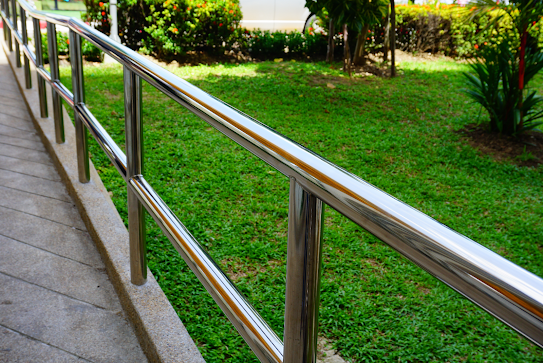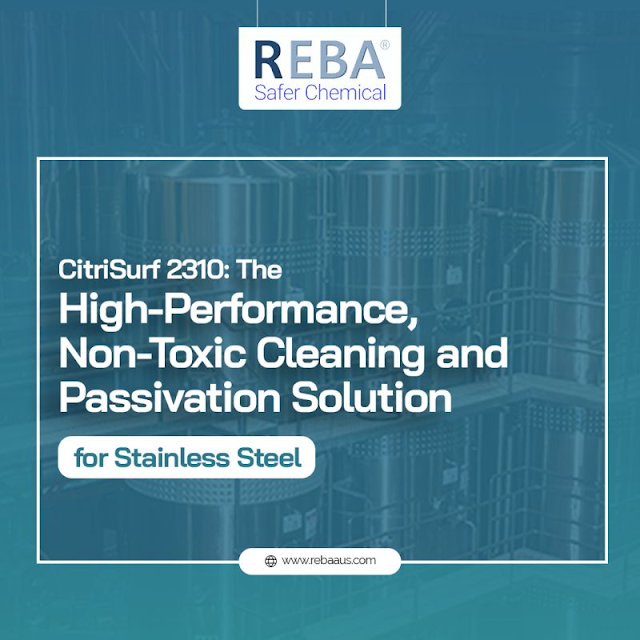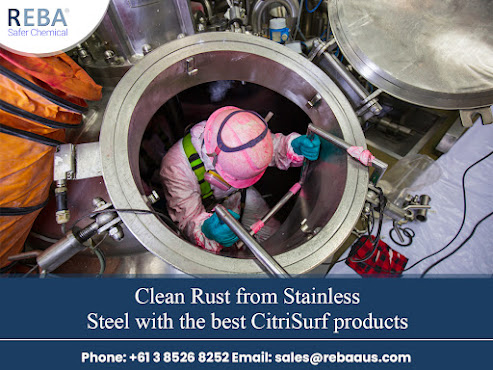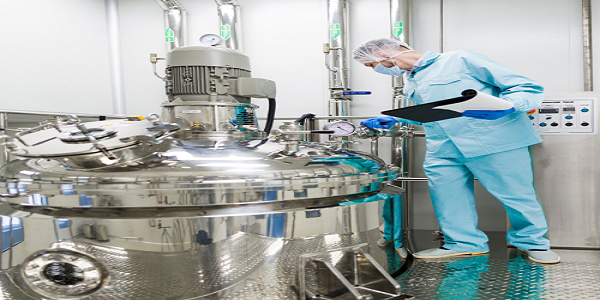How Can We Remove Rust From Stainless Steel?
Comparing stainless steel to the tool or mild steel, stainless steel is well known for its ability to resist corrosion. It is stainless steel, not stain-proof steel, as its name would imply. Sadly, corrosion can still form on stainless steel in a variety of settings. This corrosion can take the form of anything from thin, flaky rust to thick, tea-staining rust. Owners of stainless steel tools, railings, tanks, sinks, grills, appliances, sculptures, boat hardware, and other items that become unsightly due to a thick layer of rust may become anxious as a result. The best news is that, if the right procedures are taken, rust on stainless steel can be easily removed and prevented from returning quickly.
Here are some precautions that should be taken throughout the life of stainless steel to prevent corrosion. The performance and appearance of the metal will last longer thanks to best practices used during the design and production stages and regular maintenance. Now let's talk about how to Remove Rust From Stainless Steel.
Design of stainless steel
In the very long run, taking a proactive stance with stainless steel design pays off. In the design stage of stainless steel applications, careful and methodical planning will lessen the likelihood of surface damage and minimize water penetration. When possible, use drainage holes for water as well as cavities and crevices. The design should promote free air circulation throughout the application because airflow is essential.
Fabrication
During the fabrication stage, it is crucial to keep stainless steel from coming into contact with iron or any other type of regular steel, which necessitates being vigilant in scanning the surrounding area, including work tables, tools, storage units, steel turning rolls, chains, etc. During the fabrication process, any carbon steel dust that settles on stainless steel can easily contaminate its surface and increase the likelihood of rust formation. Additionally, stainless steel must be kept apart from cleaning and grinding equipment that has been used with carbon or low alloy steel.
Welding stage of stainless steel
Prevention of rust in stainless steel begins with the fabrication process. In the welding area, stainless steel must not come into contact with regular iron or steel.
Maintenance
Regular maintenance is essential for preventing rust on stainless steel and for slowing the spread of already present rust that has developed and must be removed mechanically or chemically. Resilient water and soap can then be used to quickly remove the resulting grime. Stainless steel and a rust-resistant coating should be applied to them.
A stainless steel bollard in close-up
If you come across any rust while cleaning, get rid of it mechanically or chemically, then wash the dirt away with water and soap.
Furniture for outdoor sites made of stainless steel
The purpose of outdoor site furnishings is to create vibrant urban spaces that are efficient, and safe, and promote social interaction. The use of furniture such as benches, tables, planters, bike racks, and bollards creates order on city streets by reducing clutter and shielding pedestrians from heavy traffic. They are frequently subject to weathering and mechanical damage. Because it has a chromium-oxide layer that prevents rusting, stainless steel is a very sought-after base material. When exposed to corrosive metal elements, most furniture is significantly less likely to rust as a result. Knowing how to remove rust from stainless steel will help you maintain your equipment for many years to come.
Therefore, if you want to get rid of rust from equipment made of stainless steel, go with Reba Safer Chemical. If you're interested in learning more about our Passivation With Citric Acid, get in touch with our team to learn everything there is to know about the procedure.




Comments
Post a Comment